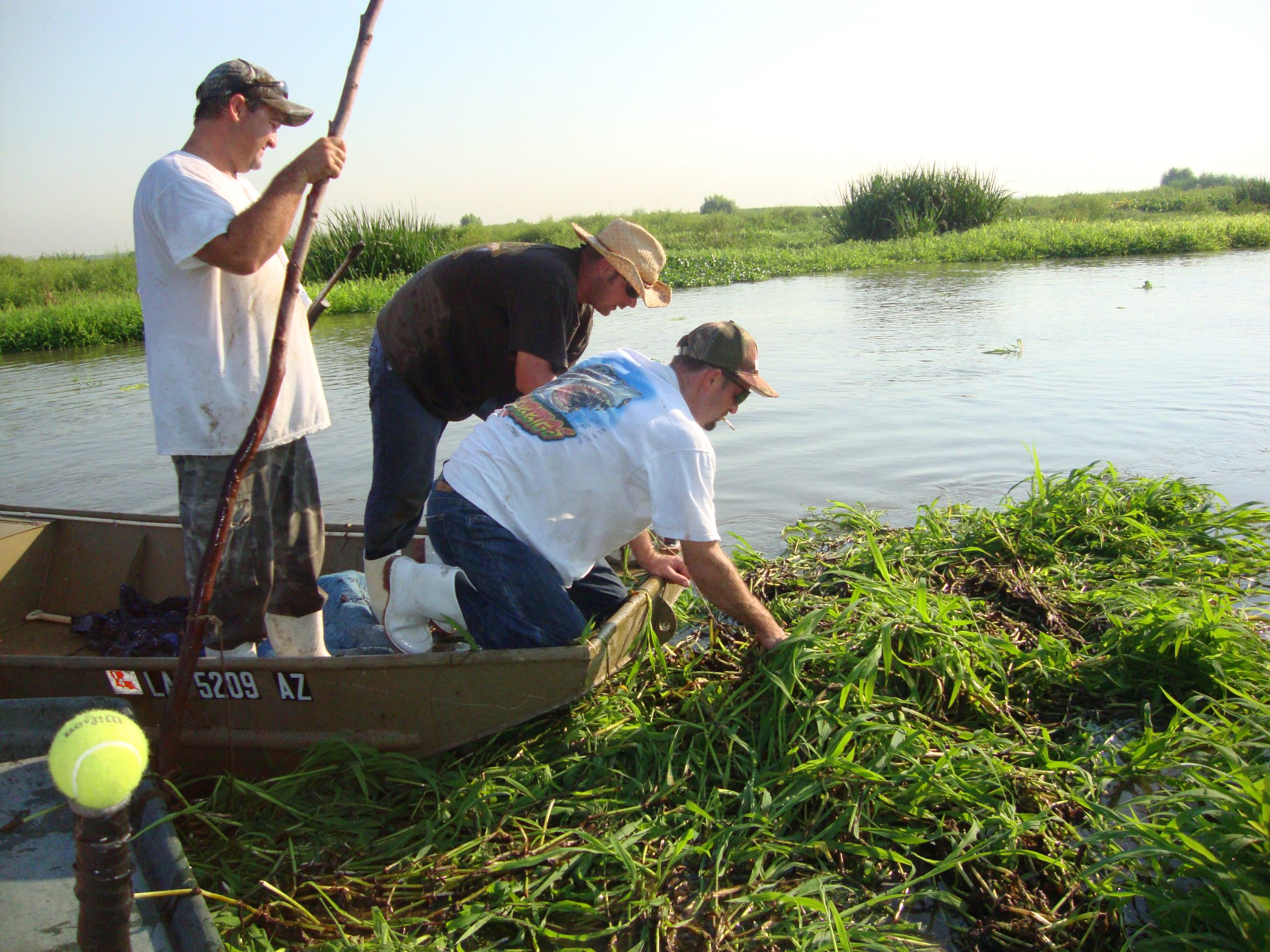Introduction
“The thing I learned after the storm is that, if something really bad happened to you, and maybe it happened to your friends and your neighbors and your normal support system, if you’re lucky enough to be part of a food community, you’re going to be okay.”
-Poppy Tooker

Learning Objectives Life Span Nutrition in Adulthood
By the end of this chapter, you will be able to:
- Describe the physiological basis for nutrient requirements during adulthood.
- Define the onset and key characteristics of adulthood in terms of physical development.
- Explain the benefits of physical activity for adults, including muscle strength, endurance, and tone.
- Understand the importance of reducing sedentary behavior as part of an overall healthy lifestyle.
- Explain the role of nutrition, especially fruit and vegetable consumption, in adult health.
Adulthood begins at the end of adolescence and continues until the end of one’s life. During adulthood, the human body will reach maximum cardiac output between the ages of twenty and thirty. Bone and muscle mass also reach optimal levels, and physical activity helps to improve muscle strength, endurance, and tone.[1] To maintain health and fitness throughout the lifespan, it is essential to remain active.
Along with physical activity, nutrition also plays an essential role in maintaining health through adulthood. As you’ve already learned, a healthful diet includes a variety of nutrient-dense foods. The USDA Dietary Guidelines recommend eating a balanced diet from the five food groups: fruits, vegetables, protein, grains, and dairy.[2] Most American adults however aren’t getting enough fruits and vegetables despite the recent popularity of a more plant-based diet and lifestyle. Only 12.3% of Americans are eating fruit and 10% are eating a daily serving of veggies. The 2020-2025 Dietary Guidelines for Americans recommend that adults eat 1.5-2 cups of fruits and 2-3 cups of vegetables daily.
Consuming diets high in fruits and vegetables may have health benefits such as a reduced risk for heart disease and protection against certain cancers.[3] In Louisiana, only 11.2% of adults eat the recommended servings of fruit. Only 8.3% of adult Louisianians meet the recommendations for daily vegetable intake.[4]
Learning Activities
Technology Note: The second edition of the Human Nutrition Open Educational Resource (OER) textbook features interactive learning activities. These activities are available in the web-based textbook and are not in downloadable versions (EPUB, Digital PDF, Print_PDF, or Open Document).
Learning activities may be used across various mobile devices; however, for the best user experience, it is strongly recommended that users complete these activities using a desktop or laptop computer.
- Polan EU, Taylor DR. (2003). Journey Across the LifeSpan: Human Development and Health Promotion. Philadelphia: F. A. Davis Company, 192–93. ↵
- All About the Fruit Group. USDA ChooseMyPlate.gov. https://www.choosemyplate.gov/fruit Accessed February 16, 2018. ↵
- 2018 State Indicator Report on Fruits and Vegetables. Centers for Disease Control and Prevention. https://www.cdc.gov/nutrition/downloads/fruits-vegetables/2018/2018-fruit-vegetable-report-508.pdf. Accessed August 7, 2025. ↵
- Louisiana Action Guide on Fruits and Vegetables. Centers for Disease Control and Prevention. https://www.cdc.gov/nutrition/data-statistics/pdfs/Louisiana_StateActionGuide_Sept2018_508.pdf. Accessed August 7, 2025. ↵
The amount of total force that can be produced from a single contraction of a muscle.

